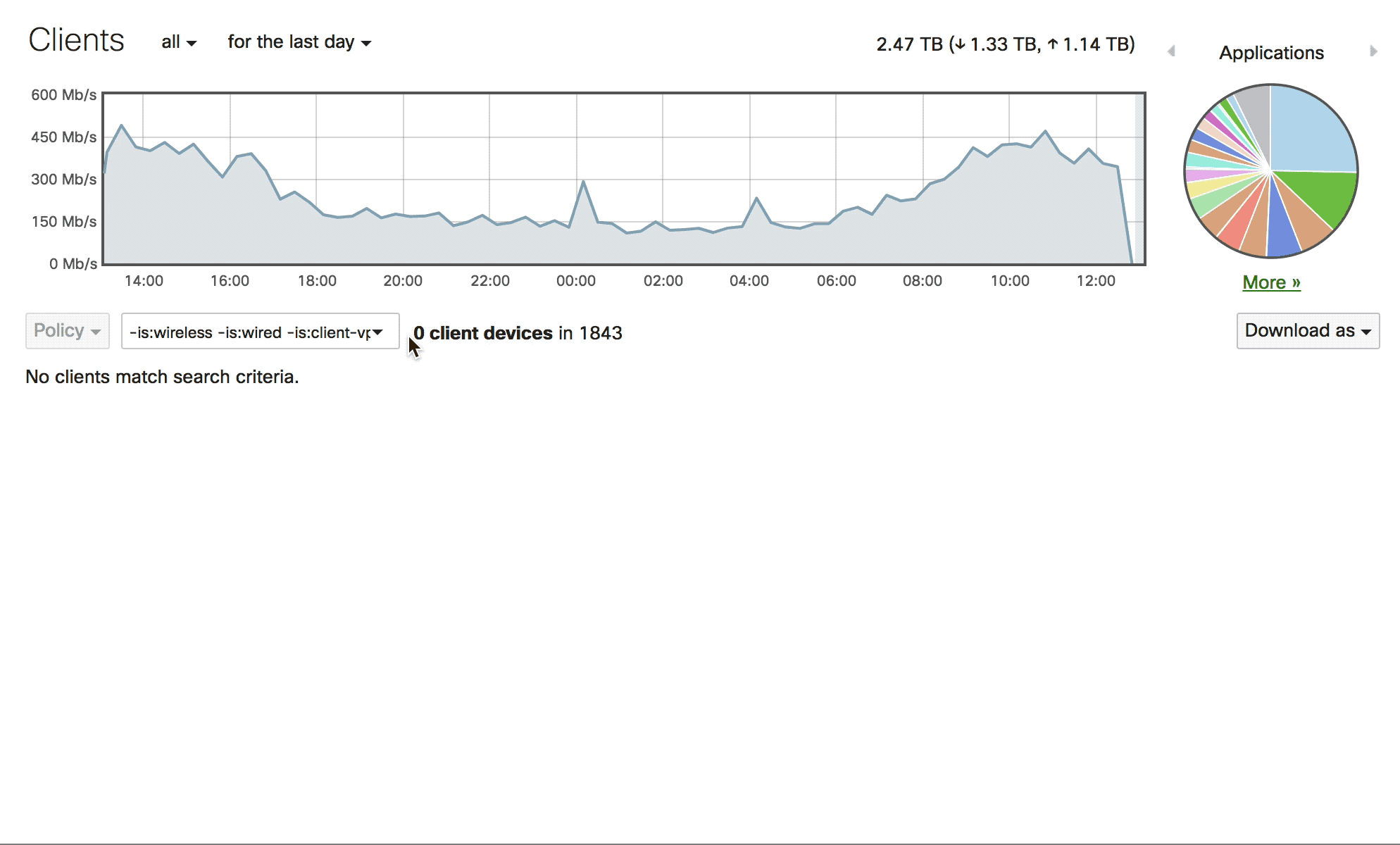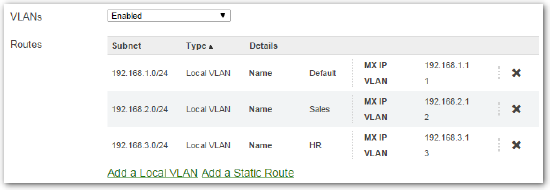Meraki Windows Vpn
Jun 23, 2020 In my previous post, I talked about the new VPN support for user-driven Hybrid Azure AD Join. I described the key VPN requirements: The VPN connection either needs to be automatically established (e.g. “always on”) or it needs to be one that the user can manually initiate from the Windows logon screen. The Meraki MX64 provides unlimited VPN users We love the Cisco Meraki VPN at Telnexus. The MX security appliance is a powerful guardian and gateway between the wild Internet and your private Local Area Network (LAN). Here are the abbreviated instructions on. Jun 15, 2020 Core & VPN - Includes AnyConnect core client with VPN capability. Start Before Login - User sees the AnyConnect GUI logon dialog before the Windows logon dialog box appears. Network Access Manager - It is a client software that provides a secure Layer 2 network.
Currently only the following authentication mechanisms are supported:
- User authentication: Active Directory, RADIUS, or Meraki hosted authentication.
- Machine authentication: Preshared keys (shared secret)

Open Start Menu - Search “VPN” - Click Change virtual private networks (VPN). From the VPN settings page, click Add a VPN connection.3 3. In the Add a VPN connection dialog: Set the VPN provider to Windows (built-in) Provide a Connection name for the VPN connection. Specify a public IP address (found in Dashboard, under Security appliance - Monitor. Dec 24, 2012 Below is a quick guide on how to setup WPA2-Enterprise with Meraki Wireless Cloud based Solution using Microsoft Windows 2008R2 server. This will allow your Windows authenticated users seamlessly to connect onto a SSID you present without them having to enter any key etc.
When using Meraki hosted authentication, VPN account/user name settings on client devices (PC/MAC) is the user email address entered in the Dashboard.
1. Open Start Menu -> Control Panel, click on Network and Internet, click on View network status and tasks.
2. In the Set up a connection or network pop-up window, choose Connect to a workplace (Set up a dial-up or VPN connection to your workplace).
3. Choose Use my Internet connection (VPN), in the Connect to a workspace dialog window.
4. In the Connect to a Workplace dialog box, enter:

- Internet address: Enter the public IP address (found in Dashboard, under Security appliance -> Monitor -> Appliance Status -> Uplink) for the MX appliance.
- Destination name: Optionally enter a name for the VPN connection.
Choose “Don’t connect now; just set it up so that I can connect later” option.
5. Click Next. In the next dialog window, enter the user credentials, and click Create.
6. Close the VPN connection wizard.
7. Go to Networking and Sharing Center and click Change Adapter Settings.
8. In Network Connections window, right-click on the new VPN connection settings and choose Properties.
9. In the General tab, verify that the public IP address or the URL of the MX appliance.
10. In the Options tab, make sure “Include Windows logon domain” is unchecked.
11. In the “Security” tab, choose “Layer 2 Tunneling Protocol with IPsec (L2TP/IPSec)“.
Then, check “Unencrypted password (PAP)“, and uncheck all other options.
 Note:
Note:Despite the name “Unencrypted PAP”, the client’s password is sent encrypted over an IPsec tunnel between the client device and the MX. The password is fully secure and never sent in clear text over either the WAN or the LAN.
12. Click on “Advanced settings“.
In Advanced Properties dialog box, choose “Use preshared key for authentication” and enter the same key you used for the client VPN settings in the Dashboard. Note: if you are enabling client VPN for your employees, you will need to distribute the key.
13. Click OK.
14. Back at the Network Connections window, right-click on the VPN connection and click Connect.
15. Verify your user name and click Connect.
Was this article helpful?
Related Articles
Currently only the following authentication mechanisms are supported:
- User authentication: Active Directory, RADIUS, or Meraki hosted authentication.
- Machine authentication: Preshared keys (shared secret)
When using Meraki hosted authentication, VPN account/user name settings on client devices (PC/MAC) is the user email address entered in the Dashboard.
1. Open Start Menu -> Control Panel, click on Network and Internet, click on View network status and tasks.
2. In the Set up a connection or network pop-up window, choose Connect to a workplace (Set up a dial-up or VPN connection to your workplace).
3. Choose Use my Internet connection (VPN), in the Connect to a workspace dialog window.

4. In the Connect to a Workplace dialog box, enter:
- Internet address: Enter the public IP address (found in Dashboard, under Security appliance -> Monitor -> Appliance Status -> Uplink) for the MX appliance.
- Destination name: Optionally enter a name for the VPN connection.
Choose “Don’t connect now; just set it up so that I can connect later” option.
5. Click Next. In the next dialog window, enter the user credentials, and click Create.
6. Close the VPN connection wizard.

7. Go to Networking and Sharing Center and click Change Adapter Settings.
8. In Network Connections window, right-click on the new VPN connection settings and choose Properties.
9. In the General tab, verify that the public IP address or the URL of the MX appliance.
10. In the Options tab, make sure “Include Windows logon domain” is unchecked.
11. In the “Security” tab, choose “Layer 2 Tunneling Protocol with IPsec (L2TP/IPSec)“.
Then, check “Unencrypted password (PAP)“, and uncheck all other options.
Despite the name “Unencrypted PAP”, the client’s password is sent encrypted over an IPsec tunnel between the client device and the MX. The password is fully secure and never sent in clear text over either the WAN or the LAN.
12. Click on “Advanced settings“.
In Advanced Properties dialog box, choose “Use preshared key for authentication” and enter the same key you used for the client VPN settings in the Dashboard. Note: if you are enabling client VPN for your employees, you will need to distribute the key.
13. Click OK.
Meraki Vpn Windows 10 Error 789
14. Back at the Network Connections window, right-click on the VPN connection and click Connect.
Meraki Vpn Windows 10 Not Working
15. Verify your user name and click Connect.
Was this article helpful?
Related Articles
